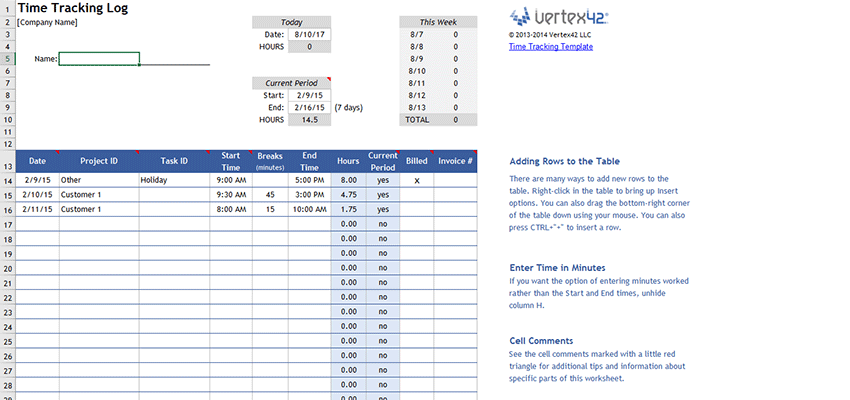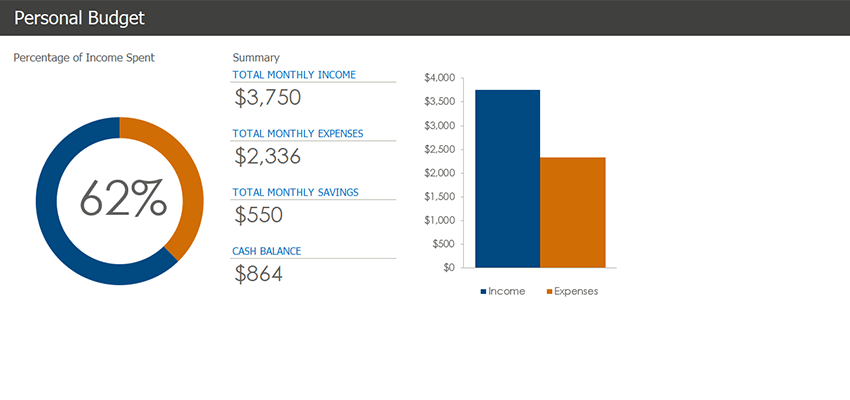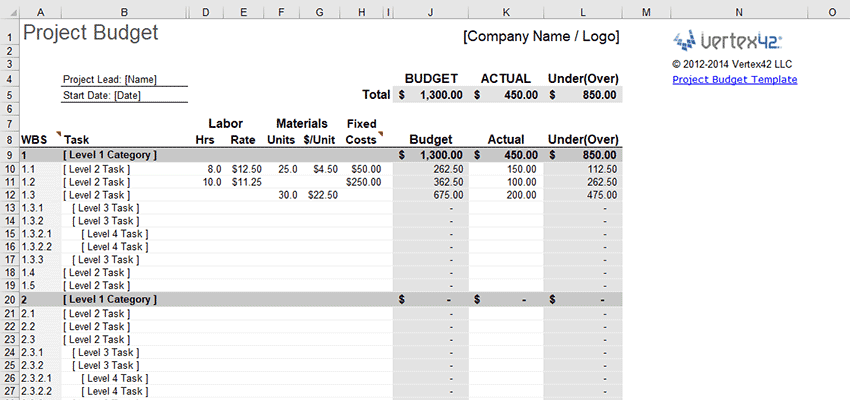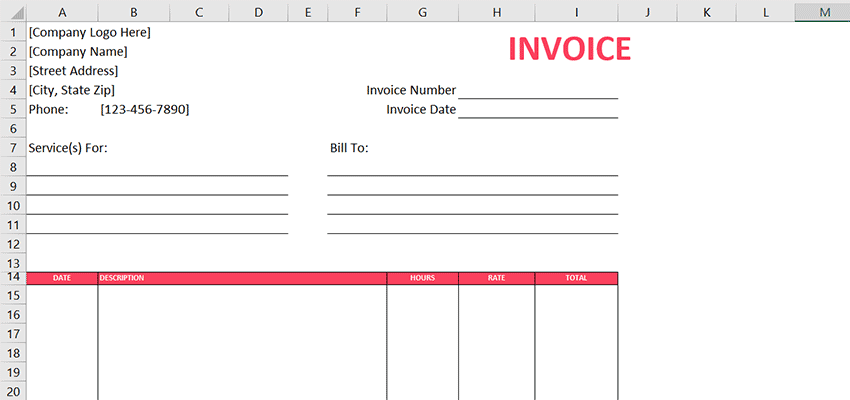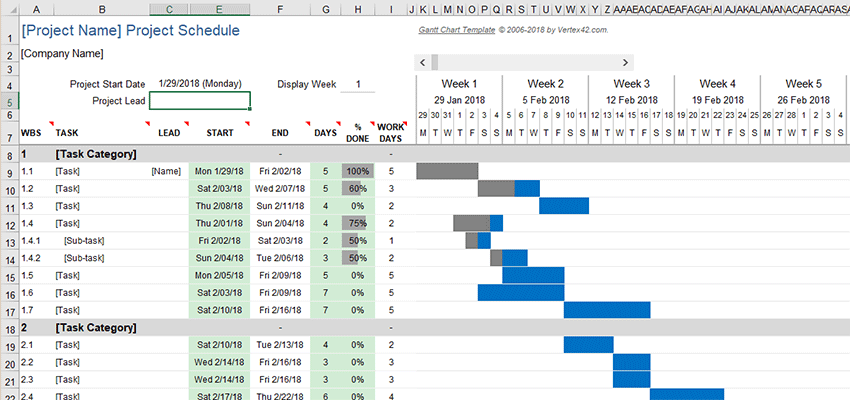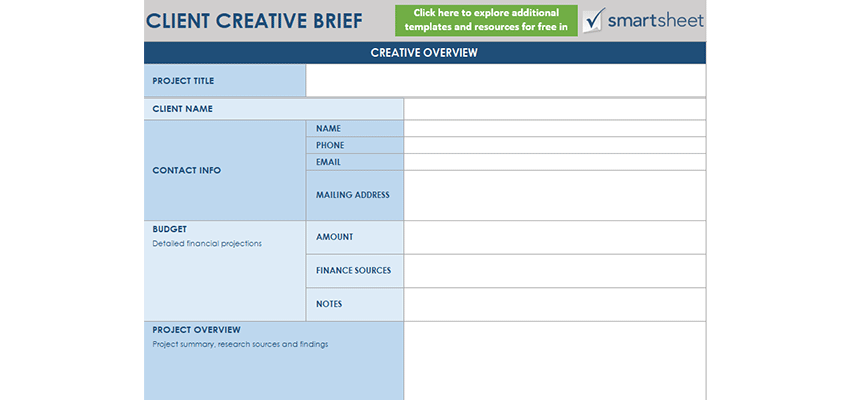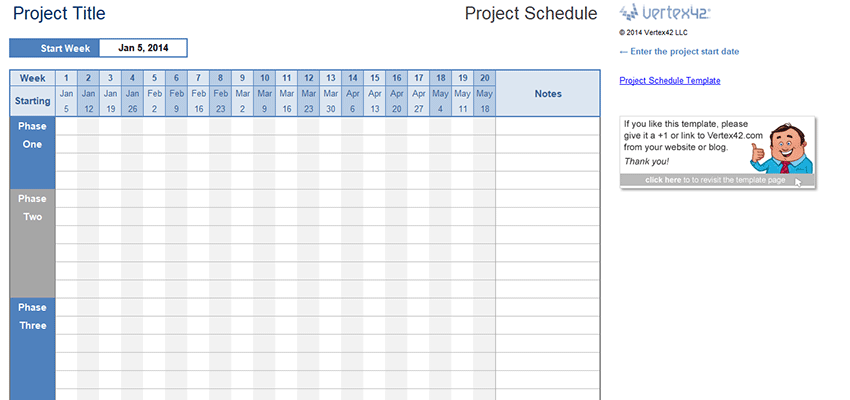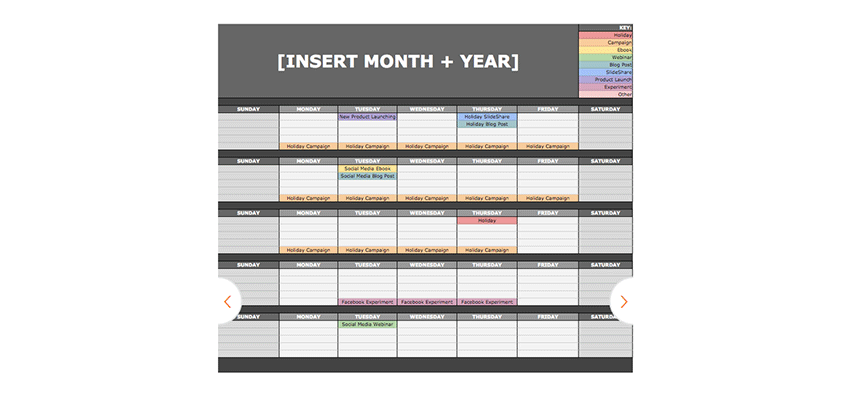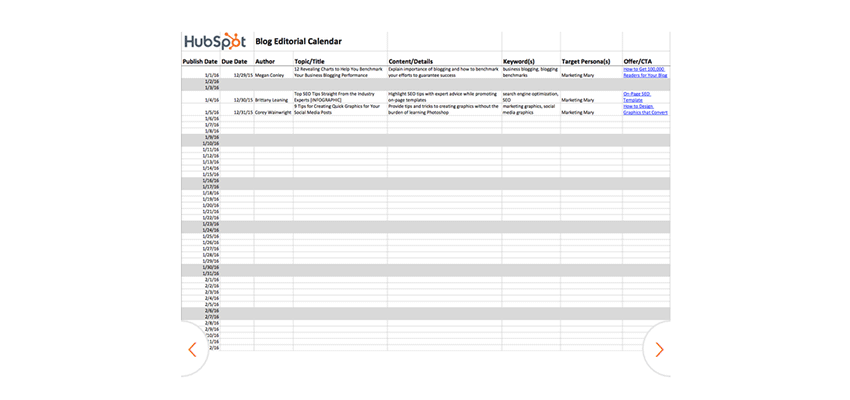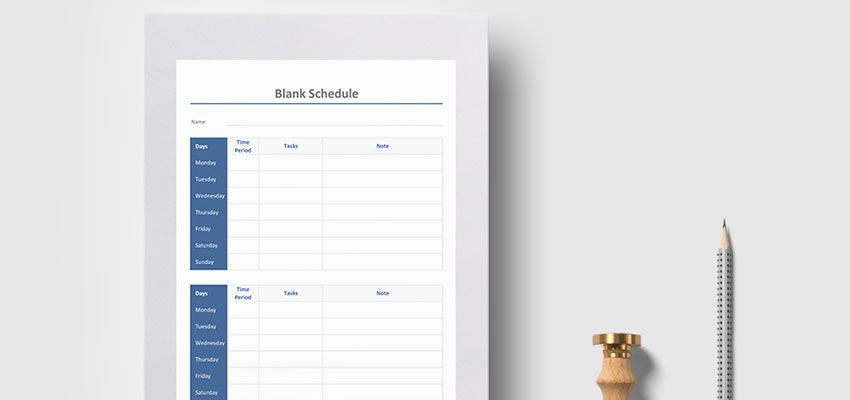Before jumping into specific channels, it’s best to look at social media as a whole. While all the social media channels have their quirks and differences, there’s also a lot of overlap in how you approach them.
Should you even be using social media at all?
When does it make sense to make social media part of your marketing strategy?
How do these channels fit into the rest of your market funnel?
What are the trends sweeping across all social media channels?
I recommend getting a solid grounding in how social media works, then going through the different channel options to pick the one’s that are right for you.
- Stop Guessing: Here’s a Social Media Strategy That Works
- 7 Social Media Mistakes That Can Keep Your Content from Going Viral
- 7 Strategies That’ll Actually Drive You More Social Media Traffic
- Top 11 Social Media Tips
- 21 Social Media Post Ideas
- How to Build a Social Media Marketing Funnel
- How to Effectively Market Your Small Business on Social Media
- 6 Steps to Create a Bare Bones and Profitable Social Media Plan
- How to Generate Leads with Social Media
- 11 Ways to Make a Living on Social Media Without Selling a Single Product
- Top 10 Social Media Trends
- Which Social Media Platforms Are Best Suited for Your Business?
- The Real Reasons Your Social Media Marketing Has Bombed
- 8 Ways to Get More Social Shares Without Annoying Readers
- 16 Tips To Improve Your Social Media Conversions
- Why You Need a Social Media Calendar and How to Create One
- Reacting to Metrics: How to Use Data to Make Concrete Social Media Marketing Improvements
- What Are The Best Times to Post on Social Media?
- How to Build Brand Advocates through Social Media Marketing
- How to Calculate the ROI of Your Social Media Campaigns
- 16 Best Social Media Management Tools
- The Complete Guide To Social Media Marketing For Bloggers
- How to Be More Productive on Social Media
- How to Know When You Should Use Paid Social Media Traffic
- Ultimate Guide to Hashtags
- 7 Psychological Principles to Get More Engagement on Social Media
- How to Optimize Your Business For Local Search and Social Marketing
- Everything You Need To Know About Social SEO
- How To Use Open Graph Tags
Facebook has definitely gone through a period of ups and downs over the years. For a long time, lots of businesses invested heavily into building their pages and audiences. Then Facebook completely changed how those posts end up in the newsfeed. The organic reach got so limited that Facebook became a “pay-to-play” social network by default.
You can still lead with a content and value-based social media strategy but it’s really difficult to get traction with paying to post your Facebook posts. Every Facebook strategy needs a dedicated budget to promote posts.
Even with the extra hurdle, Facebook is still the heavy-hitting social media channel. You can reach anyone on earth and Facebook’s targeting is extraordinarily detailed. You can get anyone and everyone that you want. Facebook is still the starting point for any social media push.
- How To Create a Successful Facebook Business Page
- 5 Ways to Improve Your Facebook Organic Reach
- How to Win on Facebook: 8 Lessons Learned From Analyzing 1 Billion Posts
- How to Get Followers On Facebook
- 7 Psychological Insights That Will Help You Develop a Powerful Facebook Strategy for Business
- 23 Ways to Get More Facebook Likes
- How To Use Facebook Live Video for Your Business
- How to Create an Engaging Facebook Cover Photo
- How to Create a Facebook Profile Like Mark Zuckerberg
- How to Build Email Lists with Facebook
- 7 Tips for Increasing Your Click-Through Rates on Facebook
- 22 Facebook Advertising Tips to Maximize Conversions
- How to Generate Leads with Facebook Ads
- 5 Clever Facebook Video Ad Hacks That Will Lower Your CPM by 81%
- Why We Like, Comment, and Share on Facebook
- How to Use Lifetime Value to Create a Facebook Audience That Actually Converts
Instagram has become THE social media network. It’s easy to generate content for, has solid engagement, and still has a true flywheel that you can build over time. As you build your audience, you can still depend on being able to reach them with every post unlike Facebook which became “pay-to-play.”
For any B2C brand, a thriving Instagram account is absolutely essential. I wouldn’t waste any more time before getting started:
- How to Get More Followers on Instagram
- The Top 10 Platforms for Effectively Managing Social Influencers
- How to Become Profitable with Instagram Ads
- 18 Tips to Improve Your Instagram Marketing Strategy
- 13 Ways to Improve Your Engagement Rates on Instagram
- The Ultimate Guide to Using Instagram Stories to Promote Your Business
- Use These 10 Tools to Enhance Your Instagram Post Conversions
- The Top 14 Apps to Edit Your Instagram Photos and Videos Like a Pro
- How to Write Instagram Captions That Drive Engagement
- How to Increase Your Ecommerce Product Sales with Shoppable Posts on Instagram
YouTube
YouTube has gained a ton of momentum in the last few years. The search volume is almost as big as Google and the user engagement is off the charts.
The one major downside is how much effort and money that great video content requires. There’s certainly shortcuts and corners to cut in the beginning, but it’s always going to require more effort than some of the other social networks.
That said, YouTube is worth the effort. Use these guides to ramp up quickly:
- The Complete Guide to Building a Successful YouTube Channel
- 13 Ways To Increase Your YouTube Subscribers
- 15 Essentials to Creating a Trust-Boosting YouTube Profile Page
- 8 Tips for YouTube SEO Optimization
- How to Grow Your YouTube Channel with These 12 Tools
- How to Use YouTube Live to Grow Your Business
- How to Advertise on YouTube
Surprisingly, LinkedIn has become one of the hot social media networks lately. The engagement on LinkedIn posts are off the charts, easily outpacing Twitter profiles and Facebook pages.
If you’re B2B, I strongly recommend that you make LinkedIn a core part of your social media strategy. It’s too hot to pass up right now.
- How to Structure a Perfect LinkedIn Profile
- How to Generate Leads from LinkedIn
- 5 Strategies for Building a Bigger Network on LinkedIn
- How to Increase Your LinkedIn Engagement by 386%
- How to Infiltrate LinkedIn Groups for Maximum Marketing ROI
- How to Get 99+ Endorsements on All Your LinkedIn Skills
- 4 Ways to Drive More LinkedIn Traffic to Your Blog
Pinterest doesn’t get nearly as much attention in digital marketing circles as it should. Yes, the Pinterest audience is overwhelmingly female. You should strongly consider making Pinterest a priority if your target market skews towards females and you have a highly visual product.
Check out our Pinterest guides to get started:
- The Marketer’s Guide to Pinterest
- A Step-by-Step Guide to Driving 10,000 Visitors a Month Through Pinterest
- How to Get Followers On Pinterest
- The 15 Best Pinterest Tools for Social Media Marketers
- 5 Simple Steps to Creating Profitable Promoted Pin Campaigns on Pinterest
Twitter used to be one of the heavy-hitting social networks. If you wanted a serious social media strategy, you had to have an engaging and active Twitter account.
These days, Twitter isn’t considered a required channel for a social media strategy. The half-life of tweets are exceptionally short, it’s really difficult to get them to go viral, and a lot of people have decided to avoid Twitter because it’s too difficult to use. While it can still be worth pursuing, it’s definitely no longer a requirement.
If you think it could be a good fit, these guides break it all down:
- How To Get More Twitter Followers
- How to Increase Twitter Engagement by 324%
- 6 Ways to Improve Your Twitter Quality Score and Make Your Ads Profitable
- 16 Essentials to Creating a Trust-Boosting Twitter Profile
- 10 Ways To Get More Retweets
Other Channels
There’s always a new up and coming social media channel to start looking into. If you’re looking to push into channels that most teams haven’t spent much time on, start with Reddit and Snapchat.


